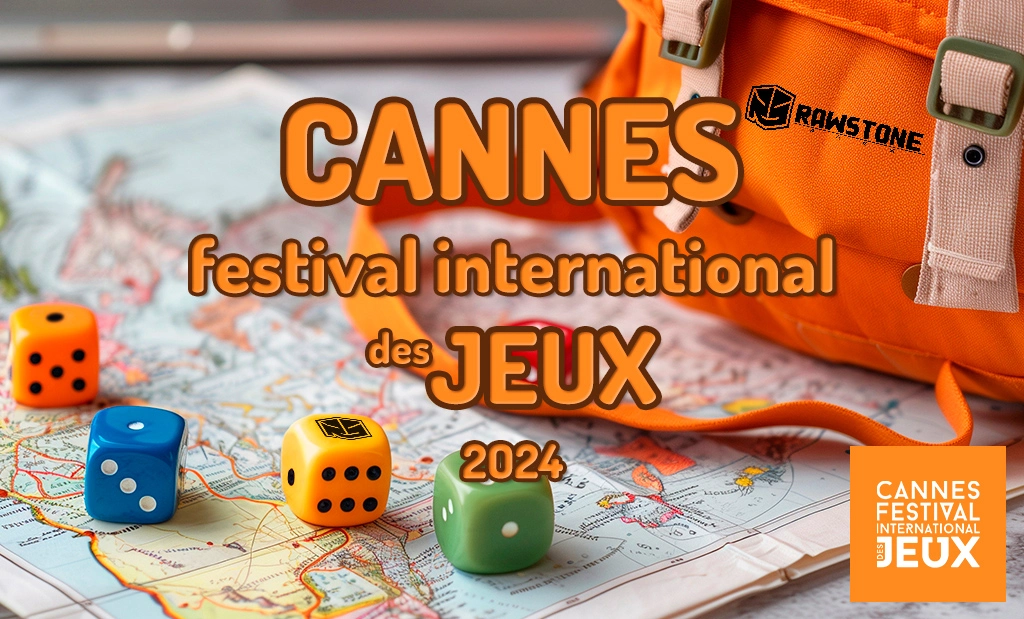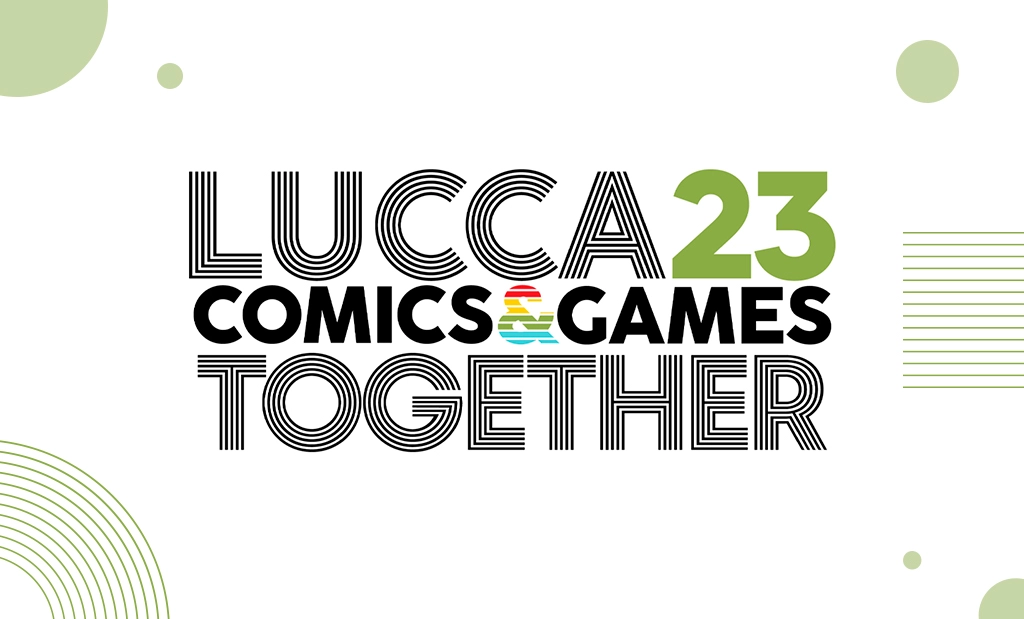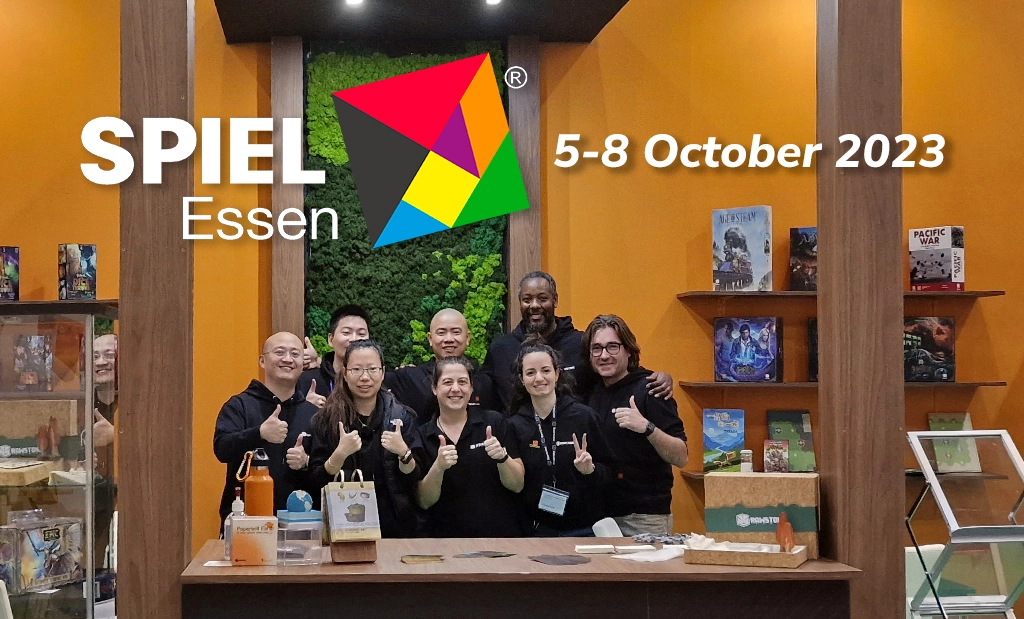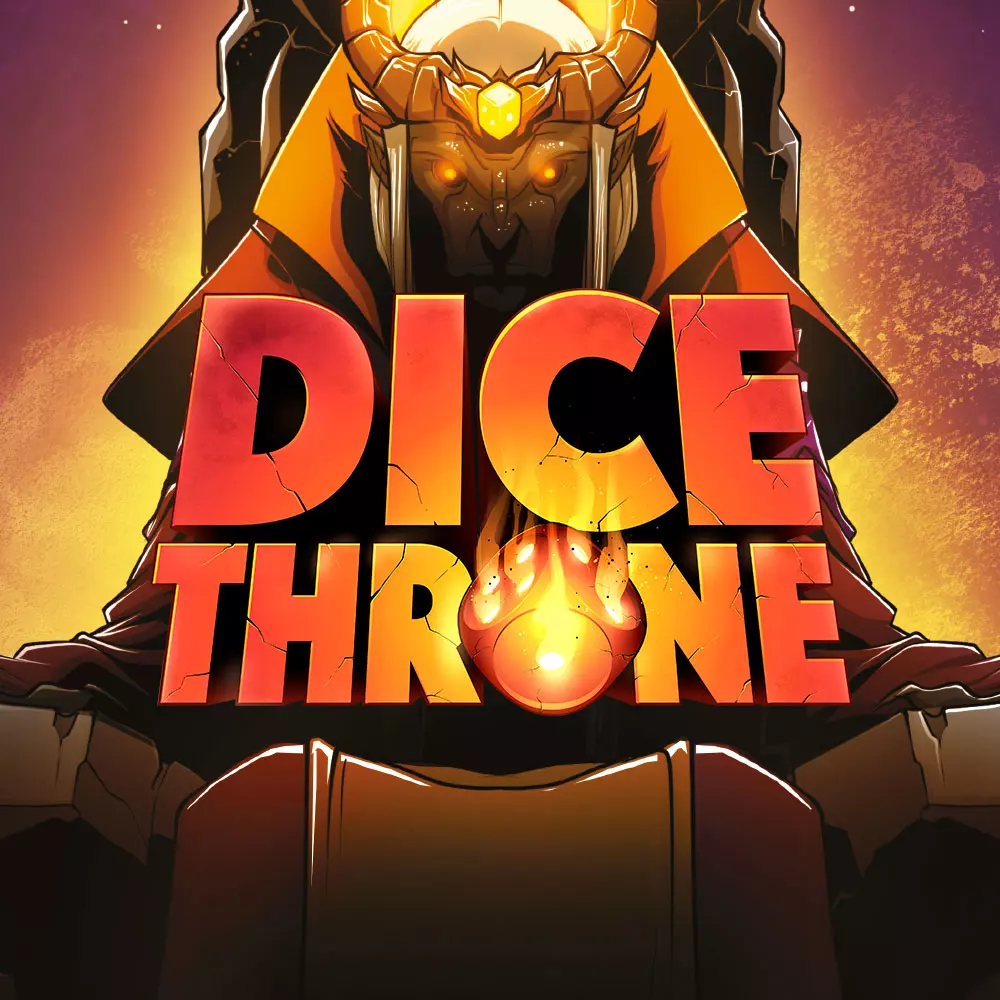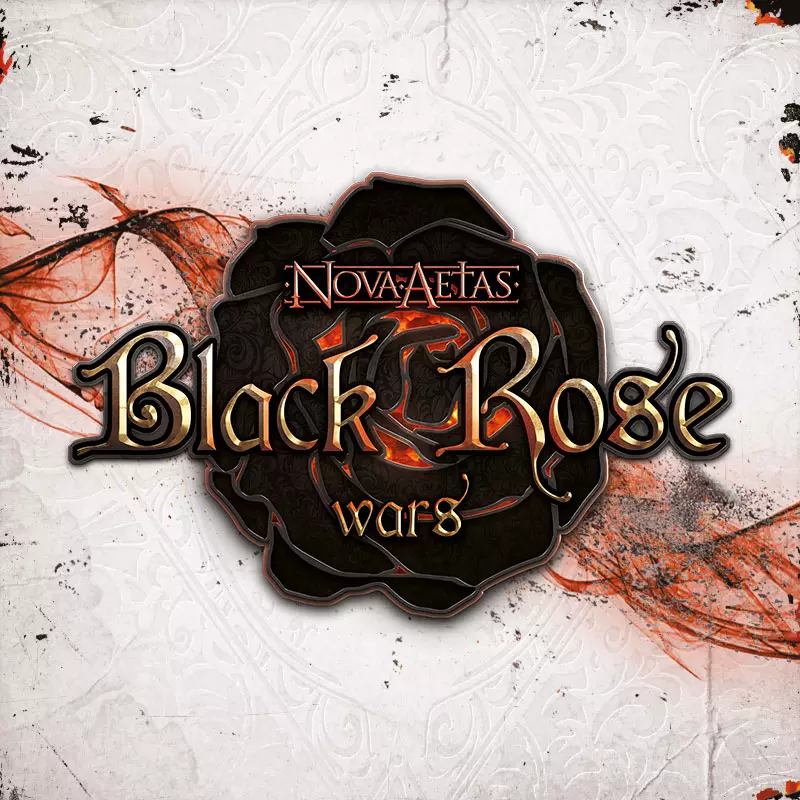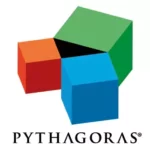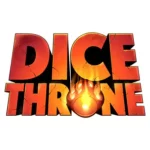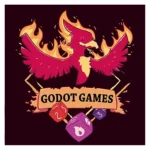
Let's meet at the next fairs!


Book an appointment with our agents to learn more about our services!
SPIEL 2023: FSC COMMITMENT AND UPCOMING FAIRS
Discover our Spiel 2023 journey, where we championed eco-friendly FSC board game manufacturing.
WE’RE LOOKING FOR: “LICENSING & SALES AGENTS” LOCATED IN EU!
WE’RE LOOKING FOR: “LICENSING & SALES AGENTS” LOCATED IN EU!
Our business is growing and so is our agent networks! Check out this new open position in Europe!
Our business is growing and so is our agent networks! Check out this new open position in Europe!
Discover our
eco-friendly production!
Be part of the change by choosing FSC materials for your board game!
The right partner
for your business in china
Here’s what we can do for you
Manufacturing

Distribution

Sales

Marketing

Shipping
Manufacturing

Distribution

Sales

Marketing

Shipping
Discover more about rawstone games
News, fairs and upcoming events
A Successful Inaugural Participation: Our Company at Festival Des Jeux in Cannes
Successful debut at Festival Des Jeux in Cannes – a well-organized event on the global gaming stage, fostering connections and growth.
> Read MoreThat’s a wrap for the Spielwarenmesse fair!
Spielwarenmesse fair concluded, Nuremberg's board game gems shine. Discover our next stops!
> Read MoreLucca Comics 2023
Immerse yourself with us in the streets of one of the most charming Italian cities, and discover Lucca Comics 2023.
> Read MoreSpiel 2023: FSC commitment and upcoming fairs
Discover our Spiel 2023 journey, where we championed eco-friendly FSC board game manufacturing.
> Read More...and what they say about us!

The best localization partners in China.
The Rawstone team is very professional, and communication is flawless.
Great work ethics, always on time, no matter what deadline we set. Their
playtesting team demonstrated deep knowledge, and we found them to be
really valuable on our playtesting for a few games. Definitely a great
partner to work with.

The Rawstone team was great to work with. We quickly came to an agreement and seamlessly moved into production for crowdfunding. Working with their local representative was great and the main production team was always available on slack for questions and solutions. We are now funded and going to print! I will have no hesitation working with Rawstone again for the next project.


